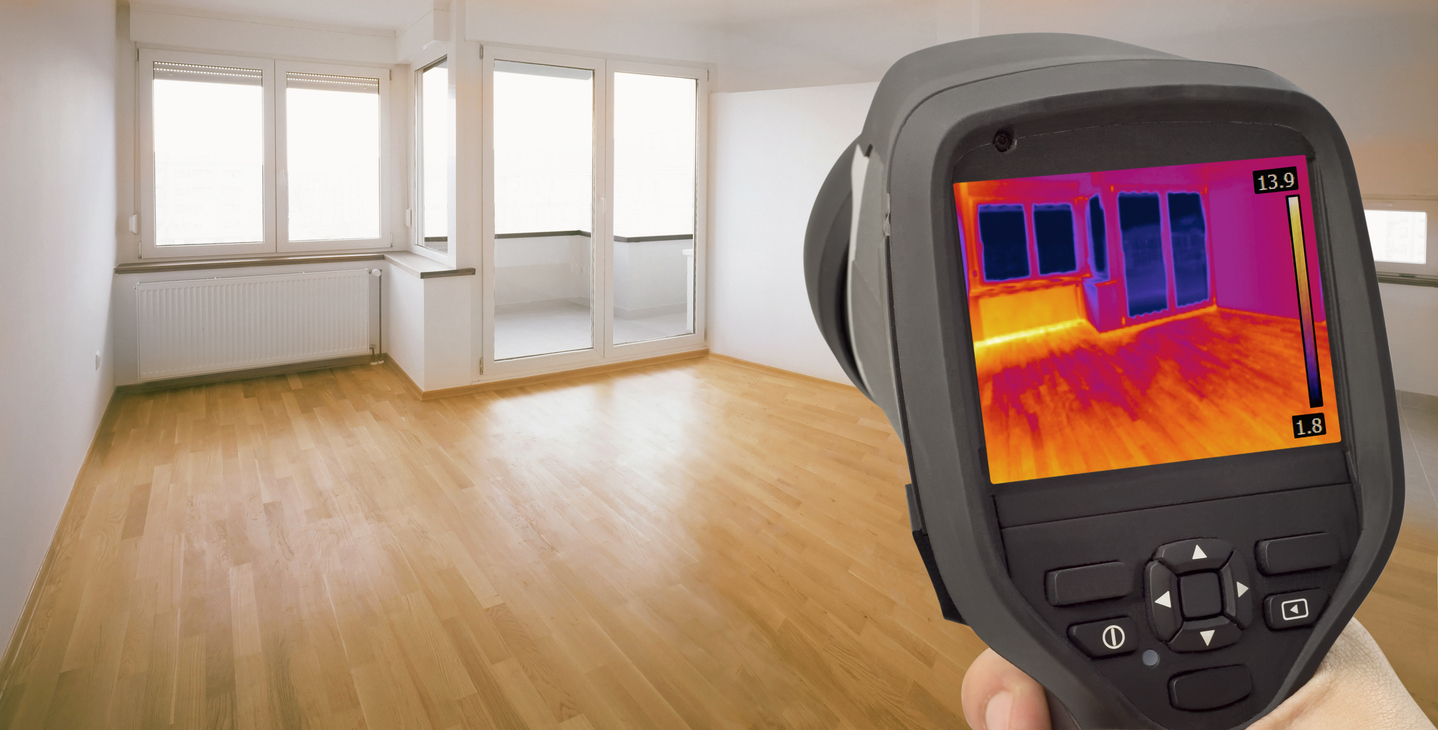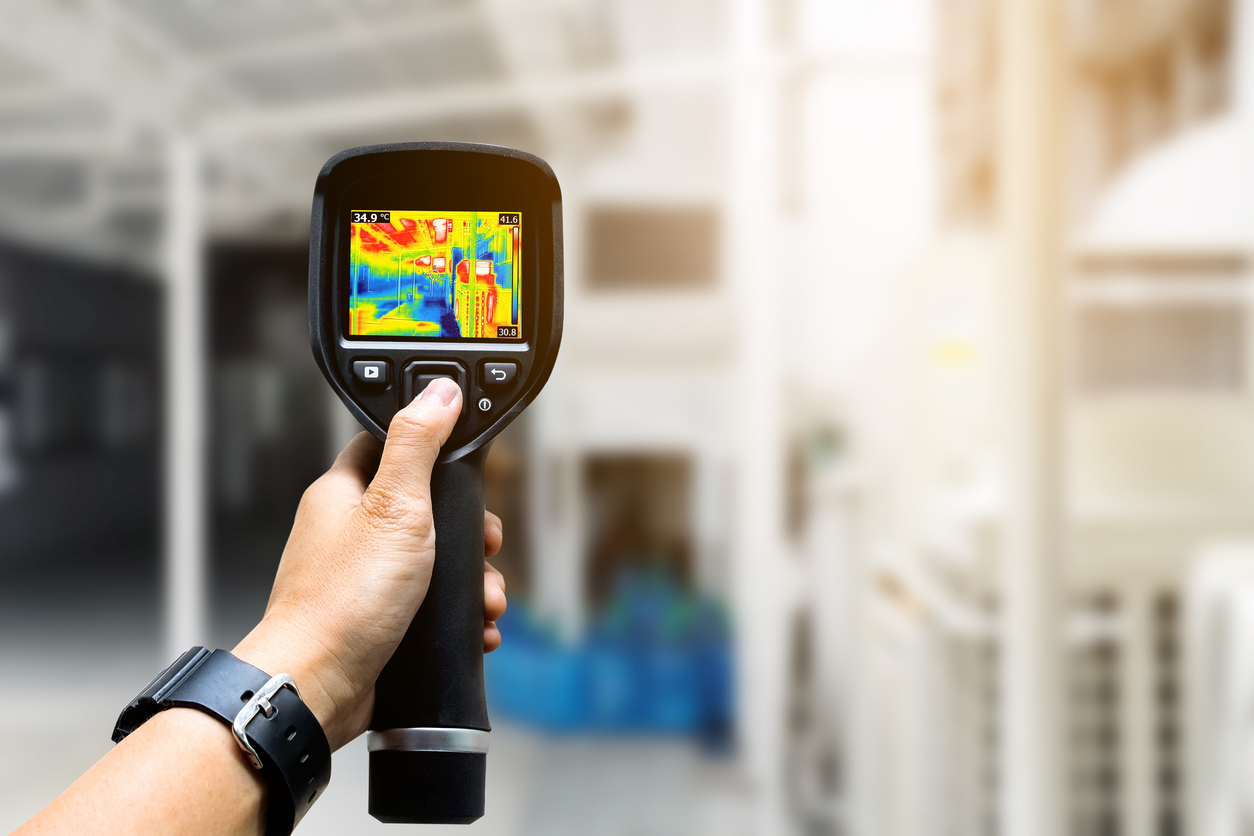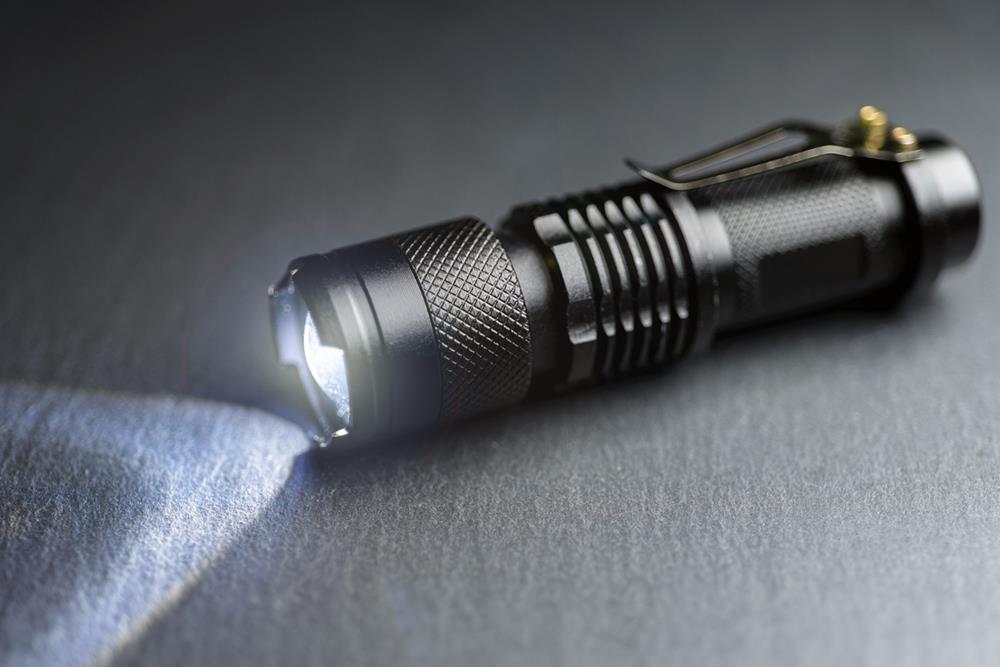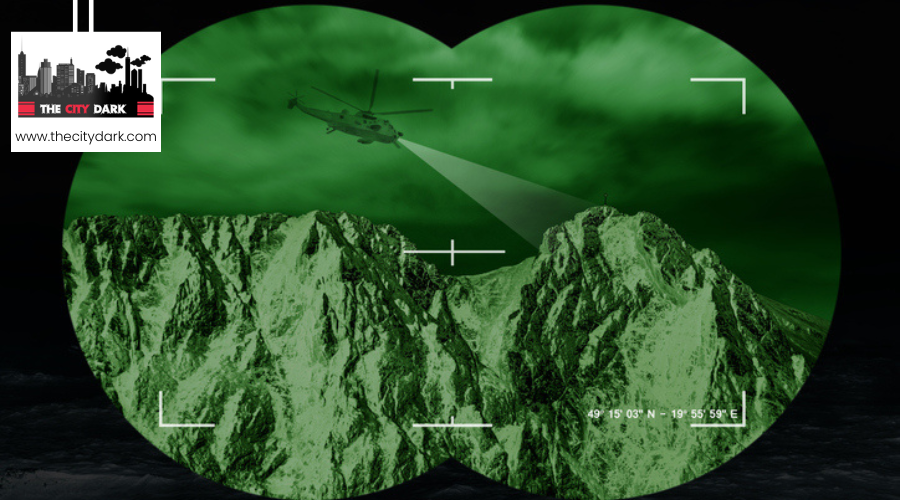How Does a Thermal Camera Measure Temperature?

Thermal cameras have been a valuable tool across various sectors, including home inspection, medical diagnostics, public safety, and industrial applications. Their cost-effectiveness and non-invasive nature have made them increasingly popular for ensuring safety and efficiency. These cameras can detect leaks, moisture, insulation issues, electrical faults, pest infestations, and radiation—all without physically contacting the object.
In this article, we'll explore how thermal cameras measure temperature and the technology behind them. We'll also examine the different types of thermal cameras and their unique features.
Types of Thermal Cameras

Thermal cameras come in various types, each designed for specific needs. Here are some of the most popular types of thermal cameras used for temperature detection:
1. Thermal Imaging Camera
Thermal imaging cameras are widely used for identifying overheating machinery, visualizing heat signatures, and assessing electrical damage. These cameras can detect minute temperature changes as small as 0.1°C, making them suitable for a range of applications, including body temperature monitoring.
- High Traffic Density Cameras: Ideal for large areas with many people, these cameras analyze multiple individuals simultaneously and trigger an alarm if high temperatures are detected.
- Medium Traffic Density Cameras: These portable cameras have an automatic temperature detection system and require manual operation to measure body temperature.
- Low Traffic Density Cameras: Designed for locations with fewer people, these cost-effective cameras can automatically detect fever and can be used both stationary and portably.
2. Temperature Measurement Totem
These devices do not require any configuration or installation. Simply place the totem in a room, plug it in, and it's ready to use. People can measure their temperature by standing two meters away, with results displayed with an error margin of +/-0.5°C.
How Does a Thermal Camera Measure Temperature?

Thermal cameras measure temperature by detecting infrared radiation emitted by objects. Here's a detailed explanation of how they work:
- Infrared Spectrum Detection: Thermal cameras capture the thermal emission of objects using an infrared spectrum range. All objects emit infrared radiation as a function of their temperature, and the camera detects these emissions to measure heat levels.
- Image Translation: The camera translates thermal radiation into visual images, displaying heat levels with false colors. Different colors represent varying temperatures, with dark red indicating higher temperatures and blue indicating cooler temperatures.
- Non-Contact Measurement: Thermal cameras can measure temperature without physical contact, making them safe for use in situations where contact is undesirable, such as monitoring individuals for fever.
- Visual Results: By holding the camera steady and pointing it at the target for a few seconds, the device creates a visual representation of temperature variations, allowing for easy analysis of hot spots.
- Temperature Range: High-quality thermal cameras can measure a wide range of temperatures, from -40°C to 550°C (up to 1022°F), making them versatile tools for detecting subtle temperature changes.
Features of Thermal Cameras

When selecting a thermal camera, consider the following technical features to ensure accurate temperature measurement:
1. Range
Some thermal cameras are designed with multiple ranges to measure a wider span of temperatures accurately. A higher range is essential for assessing equipment with high-temperature outputs.
2. Resolution
The resolution of a thermal camera is crucial for accurate measurement. The camera's lens focuses infrared energy onto the sensor, which has various pixel configurations. Resolutions typically range from 80 × 60 to 1280 × 1024 pixels or more. Higher resolution provides better image clarity and detail.
3. Sensitivity
Sensitivity, often indicated by Noise Equivalent Temperature Difference (NETD), measures the camera's ability to detect small temperature differences. A lower NETD value allows the camera to pinpoint minor changes in thermal radiation.
4. Field of View (FOV)
The FOV determines the angle at which the camera records. A wide-angle FOV lens (45° or higher) is suitable for close-up observations, while a telephoto lens (12° or 6°) is better for long-distance measurements.
5. Spectral Range
The spectral range indicates the sensitivity of the camera's sensor to different radiation levels or wavelengths. Midwave cameras typically have a spectral range of 3µm to 5µm, while longwave cameras range from 8µm to 14µm.
Conclusion
Originally developed for military operations and surveillance, thermal cameras are now widely used across various fields, including firefighting, scientific research, industrial inspection, and building assessments. Their ability to accurately measure temperature without contact makes them an invaluable tool for skin temperature screening and other applications.
For those wondering how thermal cameras measure temperature, this article provides a comprehensive overview of the technology and features behind these innovative devices. As thermal imaging continues to evolve, these cameras will undoubtedly play a crucial role in enhancing safety and efficiency across numerous industries.




